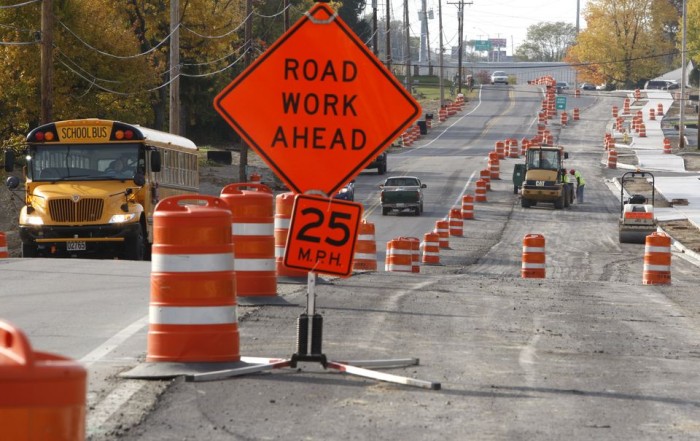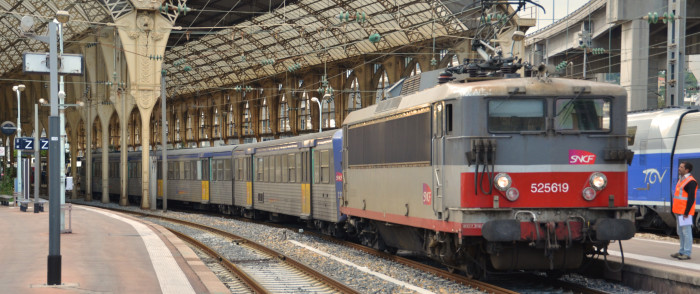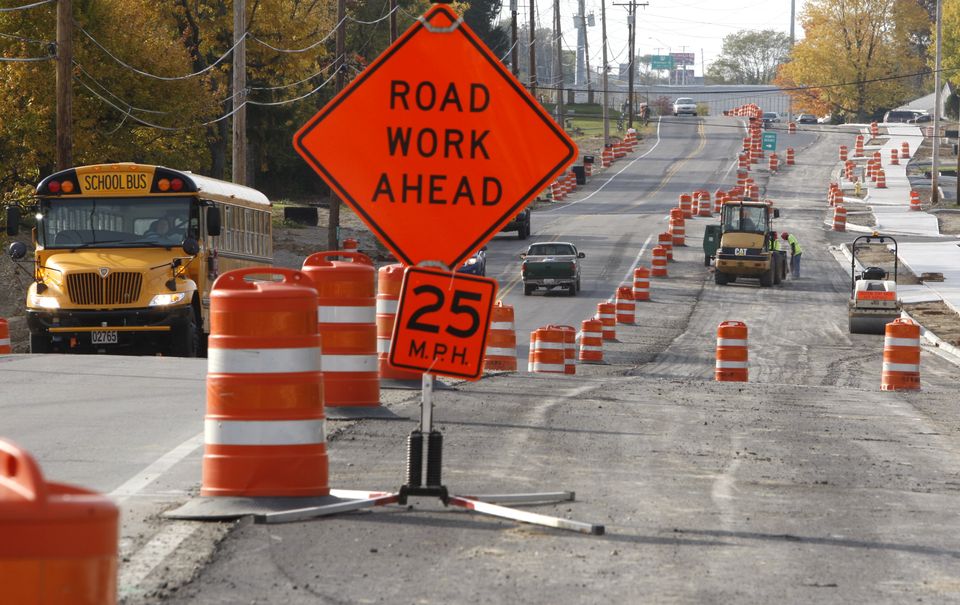Find a Way to Fund Passenger Rail!

Most Americans think that highway maintenance and construction is paid for by the people who use the roads and pay the gasoline tax which goes into the Highway Trust Fund. Boy! Are they wrong! The last time that was true—when money raised from the gas tax actually covered the cost of fixing and building roads—man had not yet set foot on the moon. In other words, almost 50 years ago.
Ever since then, an ever-increasing percent of that cost has come straight out of the treasury. In other words, most of the cost of highway construction and repair is paid for by a direct subsidy from the federal government.
The original mistake was made by Congress when they failed to make the tax a percentage of the price of gas at the pump instead of a fixed number of cents-per-gallon. The problem with that, of course, is that any member of Congress who votes to increase the gas tax to a reasonable number can look forward to being accused of “raising taxes” when the next election rolls around.

The Europeans have done it the right way, of course. The cost of gas at the pump is much higher than it is here and most of that is tax which goes to pay for infrastructure, including passenger rail and all the other forms of public transportation as well. The net result is less congestion, less pollution, and excellent public transportation.
The fact is, in Europe, you can get from almost anywhere to almost anywhere using public transportation. Trains run frequently, even to small towns. Last summer, I spent a week in a small French town, population about 3,500. Yet it had its own railway station with several trains every day.
Anyway, I guess there are two main points to make here. The first is we need to acknowledge that we’re all paying for our highways, whether we drive a lot or not at all. Second, if we, as a society, are going to subsidize one form of public transportation, then we should be subsidizing ALL forms of transportation.
More specifically, what we really need is a dedicated source of revenue which will subsidize passenger rail and make it possible for carriers—whether commuter lines or urban mass transit or Amtrak—to replace old equipment, add new equipment, increase frequencies and add new routes. Because that will add more passengers and generate more revenue. And serve more tax-paying passengers. What’s not to like about that?



And France isn’t even the best example out there, with towns that see only some trains a day (in Germany, it’s almost every hour or more), and a shrinking Long Distance system, for some lines, it’s not looking very bright, unfortunately. Still, I guess it’s better than North America…
Last summer, in France, I told someone that on my way home I had a three-hour connection in Chicago … and I was afraid I wouldn’t make it. You can imagine the look on his face! And–by the way–I missed the connection!
Yes, I guess only the East Coast comes close to any European destination when it comes to rail travel, with Metro North, NJ Transit…, and even then only barely. But we have little to no long distance trains, we have basically a commuter system on most lines. Even the long distance is often no longer than 6 to 12 hours.
To me, all Amtrak trains, perhaps with the exception of the Downeaster or Amtrak California or the Illinois service, are long distance. In Europe, you can get from Brussels to the Côte d’Azur by TGV, quite a distance, but only 5h30 to Marseille. Or Amsterdam to Basel, under 7 hours. The overnight trains are getting axed in both France and Germany, not all, but from the few that are running, even more are to be withdrawn. So fewer and fewer long distance trains in Europe, and even then, long distance is nothing compared to Amtrak’s multi-night crosscountry sleepers.
But what we lack in long distance, we make up in commuter and regional services. France, Belgium, Germany, the more populous regions of France: at least one train each hour, generally, with lots of stopping services. You can get to the south of Italy a couple of times a day, but it will involve a lot of changes underway, with different trains, slower and faster services.